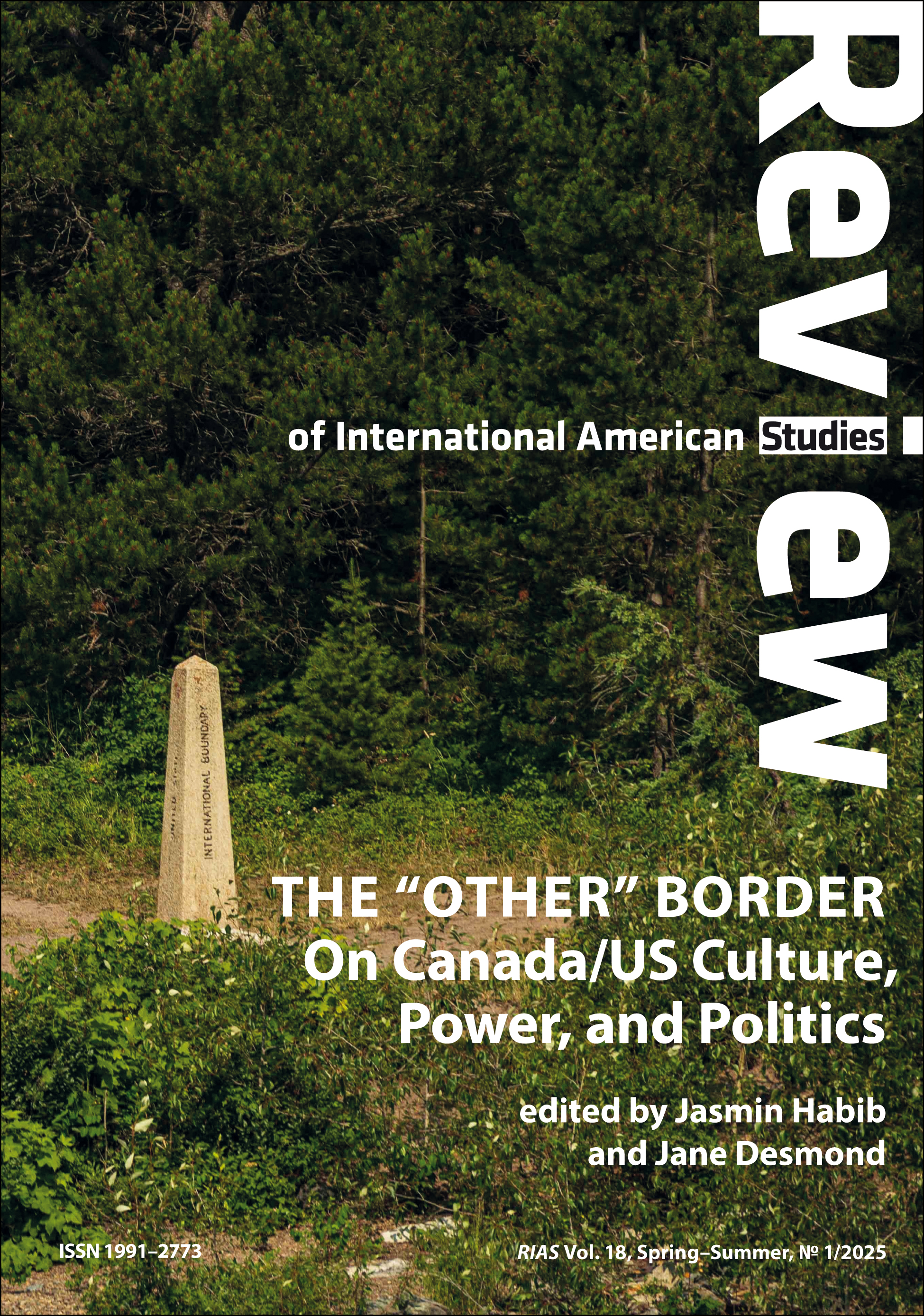

In her essay, “La Prieta,” from the collection This Bridge Called My Back (1981), Gloria Anzaldúa speaks of her understanding of herself as a product of her polyglossic, hybrid cultural and racial experience. She writes:
I am a wind-swayed bridge, a crossroads inhabited by whirlwinds … straddling the walls between abysses … Think of me as Shiva, a many-armed and legged body with one foot on brown soil, one on white, one in straight society, one in the gay world, the man’s world, the women’s, one limb in the literary world, another in the working class, the socialist and the occult worlds. A sort of spider woman hanging by one thin strand of web. (205)
For Anzaldúa, this experience is challenged (and challenging) not so much by its multiplicity, as by the incomprehension with which such variousness is often met in the larger world. “What am I?,” she asks. “They would chop me up into little fragments and tag each piece with a label. You say my name is ambivalence? … Who, me confused? Ambivalent? Not so. Only your labels split me.” (205).
Anzaldúa’s rebellion against the imposition of such labels, which, in her view, would shatter the culturally hybrid individual into shards of disconnected, discontinuous cultural and historical experience, forms one of the most important foundations of her work. Her refusal of the cultural injunctions demanding that she choose between her multiple cultural and racial identifications also, however, marks a revelatory moment in the hemispheric study of culture in the Americas. As a quintessential “American,” whose cultural affiliations extend outward like the branches of a tree while finding their roots in a single individual, Anzaldúa describes (through the depiction of her own painful and difficult journey toward self acceptance), a racial, cultural and historical dilemma often neglected, yet crucial to a hemispheric understanding of the cultures and peoples of the Americas. It is, in fact, by this very multiplicity: cultural, racial, national, ethnic, economic, religious and/or historical, that cultural reality of the Americas such as that represented by Anzaldúa’s experience may more fully begin to be studied. Through the historico-spatio-geographical reorganization of culture that Anzaldúa suggests, (and that hemispheric approaches to the study of the Americas often imply), new articulations of identity suggesting alternative modes and possibilities of being, new and challenging cultural realities and new opportunities for cultural encounter and understanding are more profoundly revealed. These alternative perspectives, not linked to one place but, rather, often derived from many, can then lead to numerous untried avenues of critical exploration and investigation, and opening many doors previously closed to knowledge and perception. For example, a hemispheric perspective can suggest the importance of comparative historical approaches to the cultural multiplicity represented by the experiences such as that of Anzaldúa. In addition, hemispheric perspectives might emphasize the significance of examining complicated genealogical affiliations, such as those with which Anzaldúa identifies, across national and geographical boundaries.
The current issue of the Review of International American Studies seeks to examine the notions of “America” and “American” as these have meaning outside of such boundaries, and as these cultural identifications become significant within a hemispheric and comparative, cultural understanding such as that put forward in this issue. Interrogating the notion of “America” from a hemispheric perspective also suggests a simultaneous consideration of the idea of modernity, particularly as concerns the historical interrelationships between various peoples of the Americas (whose beginnings lie to a large degree in the development of the New World and its role in the 16th-century transformation of mercantilism, or early capitalism, to capitalism).
In this instance, modernity becomes one of the conditions within which the type of cultural hybridity and multiplicity about which Anzaldúa has written comes into existence. It also describes one of the most illuminating contexts within which a comparative cultural investigation of hybrid historical realities such as hers may be undertaken. Thus, exploring the cultures of the\Americas from a hemispheric perspective that also recognizes the historical significance of modernity can open up possibilities for crosscultural, multilingual, and transnational dialogue. These possibilities are also difficult, if not impossible, to study adequately in more traditional contexts, since such dialogue does not take established national and/or geographical boundaries as one of its organizing principles [...]. (Read more in the Editorial)

Vol. 18 No. 1 (2025)
Published: 2025-06-30
 10.31261/RIAS
10.31261/RIAS